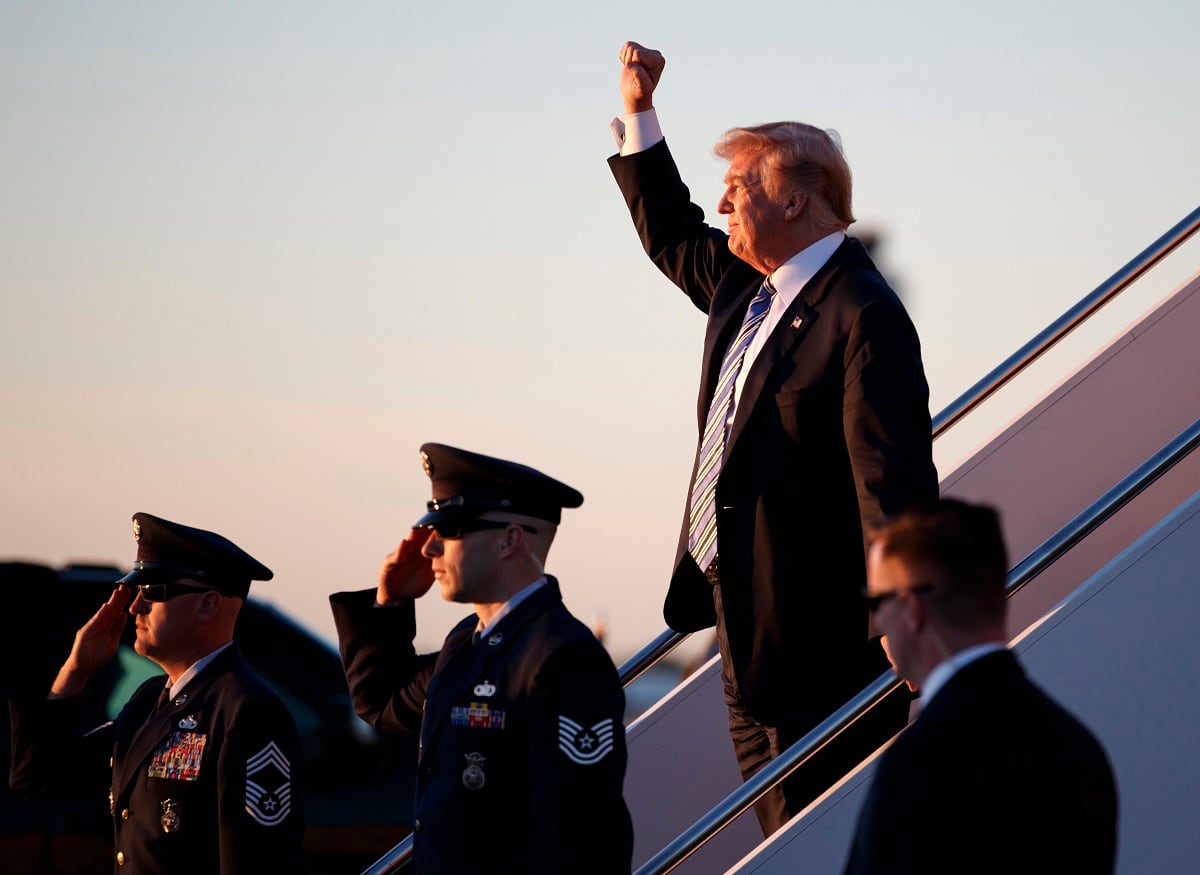The heads of the Navy and Marine Corps told lawmakers Thursday that they have received no reports of transgender devil dogs or sailors impacting unit cohesion in the ranks.
New York Democrat Sen. Kirsten Gillibrand’s cohesion question comes as President Trump’s ban on most transgender troops released last month is being challenged in at least four federal court cases.
Pentagon officials said last month that, due to those cases, transgender troops were unlikely to be immediately affected by the ban.
Chief of Naval Operations Adm. John Richardson said “it’s steady as she goes” when it comes to the impact of the White House’s transgender troop policy on Navy readiness and personnel.
“By virtue of being a Navy sailor, we treat every one of those Navy sailors, regardless, with dignity and respect,” he told the Senate Armed Services Committee. “That is warranted by wearing the uniform of the United States Navy. By virtue of that approach, I am not aware of any issues.”
Marine Corps Commandant Gen. Robert Neller also said he was not aware of any issues.
Neller said that 27 Marines currently serving in the Corps identify as transgender, offering one of the first concrete figures regarding the military’s transgender demographic.
The exact number of trans troops remains unknown, according to a February Pentagon report, but a 2016 survey found 8,980 troops identifying as transgender.
Marine Corps officials said the 27 Marines came forward to their command to seek guidance.
RELATED

“Those that came forward, we have to honor the fact that they came out, and they trusted us to say that, and help them get through the process,” Neller said. “Part of it is education, part of it is some medical things that have to be involved as they go through the process of transitioning.”
Neller said he had heard from some commanders that the medical requirements of some transgender Marines can present additional issues.
“There is a burden on the commands to handle that stuff,” he said. “Some have said it’s not a problem at all, others have said there is a lot of time when this individual may or may not be available.”
Neller also said he had met with transgender Navy and Marine officers, an Army staff sergeant and a Navy corpsman.
“I learned about their desire to serve,” he said. “As long as they can meet the standard of what their particular occupation was, I think we’ll move forward.”
The Navy is taking a cue from lessons learned when women were integrated into the submarine force, and that there must be no difference in training, Richardson said.
“Maintaining that level playing field of a standards-based approach seems to be the key to success,” he said, “and that’s the approach we’re taking.”
Geoff is the managing editor of Military Times, but he still loves writing stories. He covered Iraq and Afghanistan extensively and was a reporter at the Chicago Tribune. He welcomes any and all kinds of tips at geoffz@militarytimes.com.





